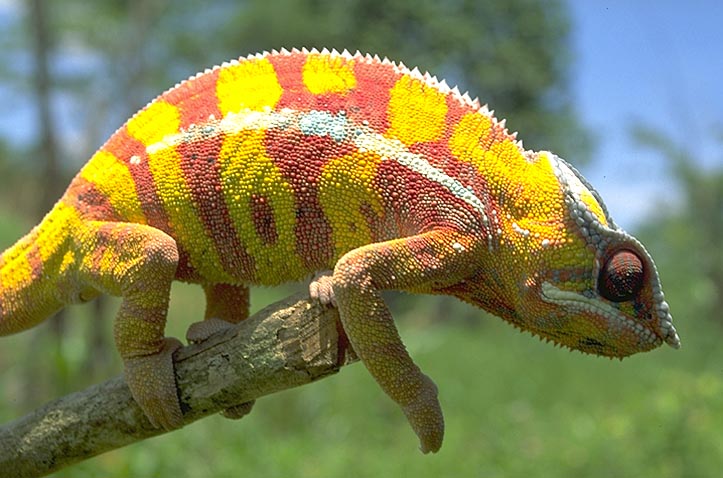 David Attenborough is virtually synonymous with top-notch natural history documentaries. His ten part series beginning with Life on Earth set the standard for wildlife programming, and he has continued to surpass himself with recent series such as The Blue Planet, and Planet Earth. His most recently released miniseries, Madagascar, stands alone as one of his best. This 150 minute series aired in three parts on the BBC and is apparently airing in two two-hour specials on Animal Planet, although getting actual details of the broadcast schedule has been difficult. In any case, the first part aired on Animal Planet was simply stunning, and I recommend that you set your DVR or DVD or VHS to record the episode when it airs next. You can also purchase the show in DVD and HD Blue Ray at Amazon.
David Attenborough is virtually synonymous with top-notch natural history documentaries. His ten part series beginning with Life on Earth set the standard for wildlife programming, and he has continued to surpass himself with recent series such as The Blue Planet, and Planet Earth. His most recently released miniseries, Madagascar, stands alone as one of his best. This 150 minute series aired in three parts on the BBC and is apparently airing in two two-hour specials on Animal Planet, although getting actual details of the broadcast schedule has been difficult. In any case, the first part aired on Animal Planet was simply stunning, and I recommend that you set your DVR or DVD or VHS to record the episode when it airs next. You can also purchase the show in DVD and HD Blue Ray at Amazon.
While one expects quality nature programming from Attenborough and the BBC, what makes this documentary exceptional is the subject matter, which is both fascinating and rarely filmed. Madagascar is unique given both its position, at the southern end of the inhabited world, and given that it is an island that has been separated from the African and Indian continents (between which it was sandwiched in the age of the dinosaurs) for some 60 million years.
Two groups of animals for which Madagascar is famous, the chameleons, and the Lemurs, which are unique to the island, feature prominently in the documentary. But the island abounds with unique reptiles, birds and amphibians.

And its mammals, like the elegant fossa, not a cat, but an oversized mongoose, and the spectral aye-aye, a primate version of the woodpecker (below), are unique.

Particularly fascinating is the yellow-and-black striped tenrec, which looks like a porcupine or a hedgehog, but which is actually more closely related the the elephant and the aardvark.

Never filmed before, this animal is not only protected by its detachable spines, it can also, by shrugging muscles on its shoulders, rub its quills together to produce a chirp in the manner of a cricket.
Even if you are familiar with lemurs and chameleons (have you seen the inchworm-sized dwarf chameleon, and the pygmy lemur, a relic of our oldest primate relatives?) this documentary will wow you with its colorful animals and fantasy landscapes. But dont take my word for it. Watch the trailer:
1 comment:
Wow, it's almost like looking at creatures that evolved on a different planet... kind of gives you an inkling of how diverse life can be.
Post a Comment